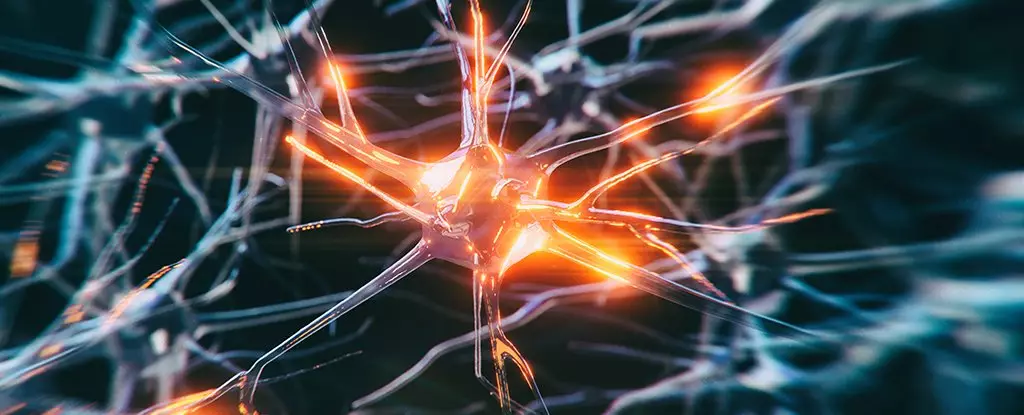Alzheimer’s disease is a devastating condition that affects millions of individuals worldwide. While there are various pharmacological treatments available, they only provide limited relief from the symptoms and often come with undesirable side effects. However, recent research conducted by the team from China’s Weifang Medical University suggests that light therapy could offer a non-drug treatment option for Alzheimer’s patients. By stimulating a specific part of the brain using light, this therapy has shown promise in improving sleep and psycho-behavioral symptoms in individuals with the disease.
Understanding Light Therapy and its Effects
Light therapy, also known as photobiomodulation (PBM), involves using light to stimulate the suprachiasmatic nucleus (SCN) in the brain. The SCN is responsible for regulating sleep and has been linked to aspects of Alzheimer’s disease. By targeting this region, light therapy aims to alleviate symptoms such as apathy, depression, agitation, and aggression commonly exhibited by Alzheimer’s patients. Sleep disorders are prevalent in Alzheimer’s disease, affecting approximately 70 percent of patients in the early stages. Stimulating the SCN through light therapy holds the potential to improve sleep efficiency and quality for these individuals.
One contributing factor to sleep disruptions in Alzheimer’s patients is reduced light exposure. Many individuals with the disease spend less time outside and may experience reduced light sensitivity due to nerve damage, decreased social interaction, and age-related eye problems. These factors can severely disrupt the body’s circadian rhythms, further exacerbating sleep disturbances. Light therapy seeks to compensate for this lack of light exposure by exposing patients to bright light that mimics the Sun’s illumination. This treatment typically involves exposure to brightness up to 10,000 lux for approximately 30 minutes.
Previous studies have shown the effectiveness of light therapy in treating depression, particularly in individuals with seasonal affective disorder. However, comprehensive research on the efficacy and safety of light therapy for Alzheimer’s disease is still lacking. The meta-analysis conducted by the research team included 15 randomized controlled trials carried out in various countries between 2005 and 2022. While the results revealed promising outcomes, it is important to note that the interventions involved different technologies, wavelengths, and timings. Additionally, the sample sizes of the included studies were small, and there were inconsistencies in patient populations, dementia types, and severity. Some of the studies also lacked clarity in terms of randomization, suggesting potential biases.
Exploring Alternative Treatment Options
The search for alternative treatments for Alzheimer’s symptoms is crucial, considering the limitations of existing pharmacological interventions. Current medications can only alleviate symptoms to a certain extent and often come with side effects that reduce patient compliance. Diarrhea, muscle cramps, weakness, nausea, vomiting, and insomnia are among the common side effects associated with Alzheimer’s medication. Light therapy presents a potentially valuable option for managing symptoms without these adverse effects. However, further research is necessary to gain a comprehensive understanding of its efficacy and safety.
Light therapy holds promise as a non-drug treatment option for Alzheimer’s patients, focusing on improving sleep efficiency, mood, and reducing agitated behavior. While this meta-analysis showcases encouraging results, extensive research with larger sample sizes, standardized protocols, and rigorous randomization is needed to establish the efficacy and safety of light therapy in Alzheimer’s treatment. As the search for effective solutions continues, it is essential to explore alternative approaches that can improve the quality of life for individuals affected by this debilitating disease.



Leave a Reply